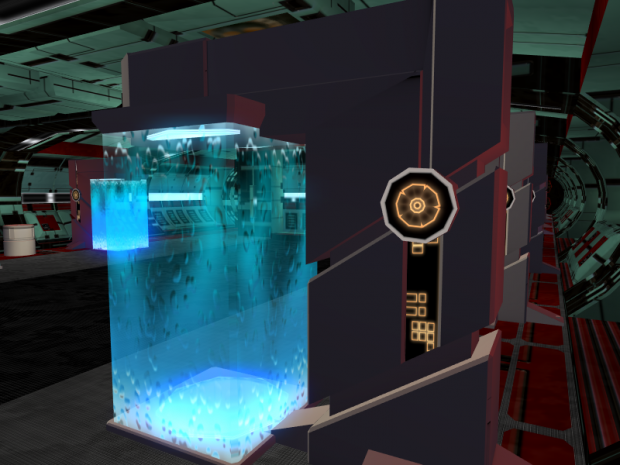

Behavioral studies have shown that distractors cause less interference when the attentional demands (perceptual load) of a task increase ( Lavie and Tsal, 1994 Lavie, 1995). In addition to the enhanced visual responses at attended regions, neural representations of space adjacent to an attended location are inhibited, indicating that attention takes on a center-surround configuration, enhancing attended space and suppressing the surrounding area ( Müller and Kleinschmidt, 2004 Müller et al., 2005 Hopf et al., 2006 Boehler et al., 2009).Īttentional enhancement and suppression of stimuli in the visual field does not occur invariably but is modulated by the demands of the task at hand.
#Visual enhancement manual#
Studies of selective visual attention have shown that when attention (not necessarily gaze) is directed to a peripheral spatial location, manual responses occur more rapidly ( Posner, 1980 Posner et al., 1980) and attended stimuli are perceived as more vibrant ( Prinzmetal et al., 1997, 1998 Carrasco et al., 2004 Liu et al., 2009), effects attributable to an enhanced neural response within extrastriate visual cortex ( Kastner et al., 1998 Martinez et al., 1999 Silver et al., 2007).


This process of enhancing apposite stimuli and suppressing irrelevant stimuli is known as selective attention. As such, the visual system constantly performs the complex process of selecting behaviorally relevant stimuli whilst ignoring extraneous stimuli. Only a subset of these stimuli are relevant for a given behavior or goal. Under natural viewing conditions, the visual field is cluttered with a multitude of salient yet irrelevant stimuli. These results are consistent with a center-surround configuration of load-induced enhancement and suppression in the visual field. Task-relevant ERPs revealed a significant increase in N1 amplitude under high load. Results showed that the amplitude of the distractor SSVEP (8.3 Hz) was attenuated under high perceptual load (relative to low load) at the most proximal (2°) eccentricity but not at more eccentric locations (6 or 11°). ERPs were calculated to the onset of stimuli in the load task to examine load-dependent modulation of task-relevant processing. Rings contrast reversed at 8.3 Hz, allowing load-dependent changes in distractor processing to be tracked in the frequency-domain. Load-dependent distractor suppression was assessed by presenting a contrast reversing ring at one of three eccentricities (2, 6, or 11°) during performance of the go/no-go task. Electroencephalogram (EEG) was recorded while subjects performed a foveal go/no-go task that varied in perceptual load. Here, we used steady-state visual evoked potentials (SSVEPs) in conjunction with time-domain event-related potentials (ERPs) to investigate the distribution of load-induced distractor suppression and task-relevant enhancement in the visual field. The spatial configuration of such filtering is unknown. The perceptual load theory of attention proposes that the degree to which visual distractors are processed is a function of the attentional demands of a task-greater demands increase filtering of irrelevant distractors.

3Department of Psychology, University of Illinois Urbana-Champaign, Urbana, IL, USA.2Department of Psychological Science, University of Arkansas, Fayetteville, AR, USA.1Beckman Institute, University of Illinois Urbana-Champaign, Urbana, IL, USA.


 0 kommentar(er)
0 kommentar(er)
